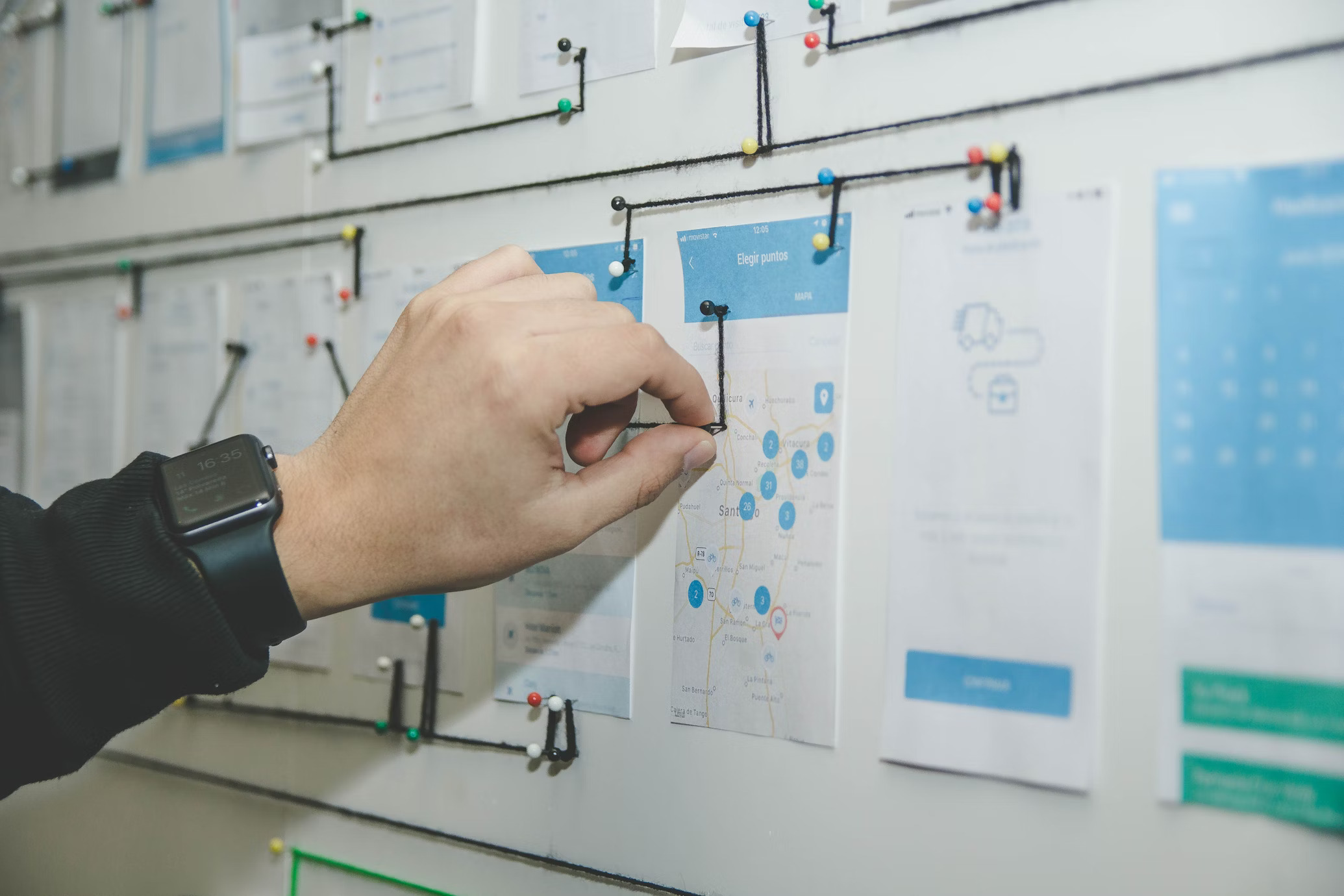As technology continues to evolve, the demand for seamless, intuitive digital experiences grows. By 2025, the role of UI/UX design will be more critical than ever in ensuring user satisfaction and engagement. Designers will need to stay ahead of emerging trends and leverage new technologies to create seamless and impactful experiences.
Here are some top UI/UX design strategies to focus on in 2025:
1. AI-Powered Personalization
Artificial intelligence is set to revolutionize the way we create personalized user experiences. By analyzing user data and behavior, AI can help design tailored content, layouts, and interactions that resonate with each individual.
Dynamic content
Adjust content and design elements based on real-time user preferences.
Personalized journeys
Provide unique experiences for different user segments.
2. Voice and Gesture-Based Interactions
With the rise of voice assistants and wearable technology, voice and gesture-based interfaces will become integral to UX design.
In 2025, designing intuitive voice and gesture controls will be key to creating fluid, hands-free user experiences.
Interactive 3D interfaces
Design engaging experiences that blend the digital and physical worlds
Virtual environments
Create fully immersive environments for users to explore.
3. Immersive Experiences with AR/VR
Augmented Reality (AR) and Virtual Reality (VR) are transforming the way users interact with digital content.
In 2025, AR and VR will be crucial for creating immersive experiences, especially in industries like retail, education, and gaming.
Voice navigation
Allow users to interact with digital products using voice commands.
Gesture controls
Implement touchless navigation, especially for mobile and wearable devices.
4. Inclusive and Accessible Design
In 2025, creating accessible and inclusive digital experiences will be a fundamental design principle.
UX designers will need to prioritize accessibility by ensuring their products are usable by people with diverse needs and abilities.
Color contrast and readability
Ensure text and visuals are accessible to users with visual impairments.
Voice and screen reader compatibility
Make digital products compatible with assistive technologies.
5. Data-Driven Design Decisions
User feedback and data analytics are crucial in crafting seamless experiences.
In 2025, designers will increasingly rely on data-driven insights to improve usability and optimize designs based on real user behavior.
A/B testing
Use data to continuously test and refine designs.
User behavior analysis
Monitor and analyze user interactions to identify pain points and optimize experiences.
6. Sustainable and Energy-Efficient Design
As sustainability becomes a key concern for users, designers will need to create energy-efficient and
environmentally friendly digital products. This includes reducing resource consumption and optimizing performance.
Low-energy designs
Optimize designs to consume less energy, especially for mobile and web applications.
Minimalist interfaces
Focus on simple, efficient layouts to improve performance and reduce digital waste.
7. Microinteractions and Animation
Small interactions, such as button clicks, transitions, and hover effects, play a big role in improving the user experience. In 2025, microinteractions will become even more sophisticated, enhancing engagement and delighting users.
Subtle animations
Use animations to provide feedback, indicate progress, or highlight actions.
Interactive feedback
Implement microinteractions that guide users through tasks.
8. Cross-Platform Consistency
Users expect a consistent experience across all devices, from smartphones to desktops to wearables.
In 2025, designers must ensure that their UI/UX designs are adaptable and consistent across different platforms.
Responsive design
Ensure that designs automatically adjust to different screen sizes and devices.
Seamless transitions
Allow users to move effortlessly between devices without losing progress or context.
9. Emotion-Driven Design
In 2025, designers will focus more on creating emotional connections through their designs. By incorporating emotional design elements, such as color psychology, sound,
and interaction patterns, designers can craft experiences that resonate deeply with users.
Color psychology
Use colors that evoke specific emotions and enhance user engagement.
Sound and haptic feedback
Implement subtle sound and vibrations to enhance interaction and emotion.
10. Cloud-Based Collaboration Tools
As remote work and global teams become the norm, collaboration tools will play a vital role in the design process.
In 2025, cloud-based platforms will facilitate seamless collaboration between designers, developers, and stakeholders.
Shared workspaces
Use collaborative tools to share and review designs in real-time.
Version control
Keep track of design changes and revisions through cloud-based platforms.
Conclusion
As we look toward 2025, the landscape of UI/UX design will continue to evolve with new technologies and shifting user expectations. By embracing AI, personalization, AR/VR, accessibility, and sustainability, designers will be equipped to craft seamless, innovative experiences that delight users.
The key to success will be staying ahead of emerging trends, continuously optimizing designs based on real data, and fostering a deep understanding of users' needs.
The future of UX is bright, and designers who adapt to these strategies will lead the way in creating truly transformative digital experiences.

